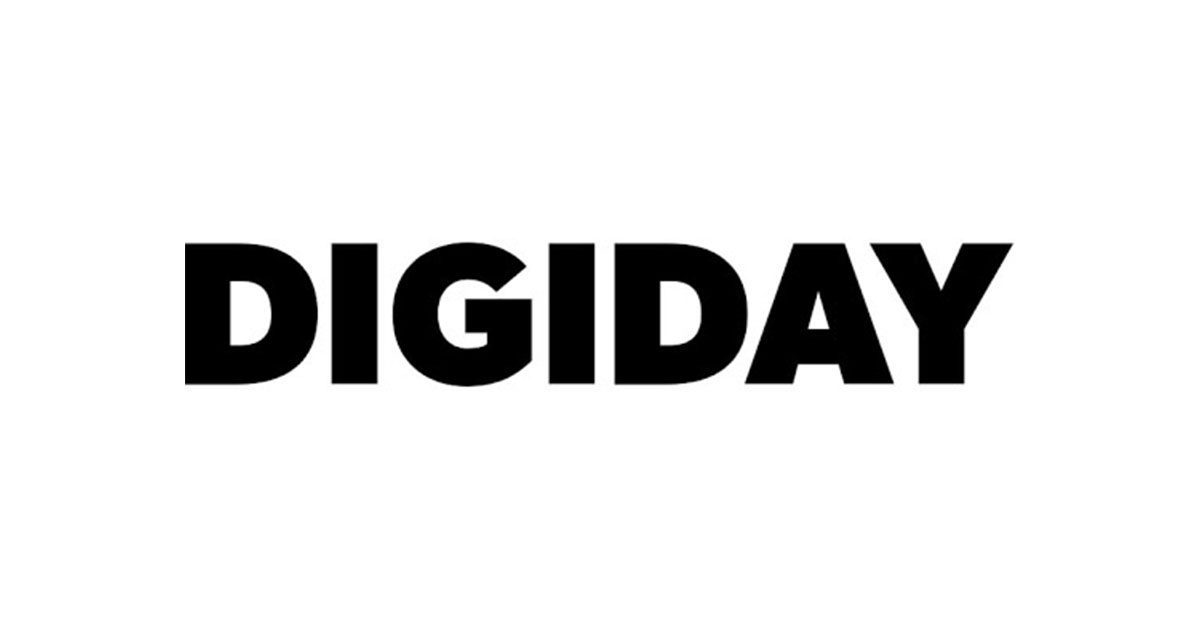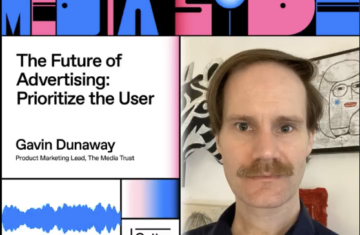
This article appeared in Digiday on May 14, 2020
Larger advertisers fleeing from the open marketplace has cleared the way for smaller, sometimes subpar advertisers, slipping through filters and appearing on publisher sites.
Magazine publisher Immediate Media has seen a handful of low-quality ads — retailers selling products from overseas containing adult-rated content — crop up in its BBC Good Food app or on pre-roll video ads. One bad ad only had 10 impressions, said digital advertising strategy director Dominic Perkins.
“Through this whole lockdown period I’ve gone to our [supply-side platform] partners to ask what protection they have in place for bad debt — that was our biggest risk — and how they manage dodgy ads coming through,” he said.
Perkins stressed it’s a very small number of lower quality ads that are getting through. Often, it can be basic retargeting in the open exchange that mean readers see them. Although that’s not exactly a viable answer to satisfy inquiring readers.
Immediate Media fills a lot of inventory on the open exchange, mostly driven by BBC Good Food which accounts for roughly 74% of Immediate’s total traffic, according to Comscore. Naturally, BBC Good Food has seen a traffic spike over the last two months as people spend more time in their kitchens. In April, BBC Good Food served over 200 million pageviews, reaching over 50 million users, a 160% increase compared with April 2019, per the publisher’s stats. Comscore doesn’t have April data yet, but in March, the recipe site had 15.5 million unique visitors.
That increase in volume means that programmatic revenue for Immediate Media is up for the months of March, April and May compared with the same months last year, said Perkins. His team brings in roughly three-quarters of the publisher’s digital revenue. The overall picture is less rosy: Company revenue is down because of its reliance on print.
Immediate Media isn’t alone, and lower quality ads are cropping up across other premium publishers since traffic has spiked.
More supply from traffic highs and big advertisers pulling campaigns has depressed programmatic ad CPMs by between 10% and 20% overall, yet most publishers are reluctant to drop their floor price for fear of not clawing it back up. Smaller, scrappier players are able to win more bids and get their ads shown often on premium sites, said ad fraud researcher and consultant Augustine Fou. While there’s a lot of robust fraud verification tech and malvertising specialists, these typically check to see if the user is a bot or check the javascript code of the ad for malicious redirects, they don’t always scan the creative of the ad.
“None check whether the message in the ad is good or crappy,” he said. “That is too subjective and no one wants to make that decision to mark something as ‘crappy.’ This also explains why ads for counterfeit N95 masks, miracle coronavirus cures are all getting through now.”
Magazine publisher Future Publishing had some flags for a potential increase in bad ads and fraud, and so tightened up the blacklists and reviewed its partners, which has quelled the problem. “I suspect the lower CPMs across the market at the moment are allowing more of these types of ads to buy premium inventory, but it will fade away across the market as CPMs rise,” said chief revenue officer Zack Sullivan.
Classifying a bad ad is a subjective process that requires enforcing criteria thresholds up the supply chain, said Matt O’Neill, general manager, Europe, The Media Trust. “We’ve categorized millions of ads since mid-March and, during that period, the amount of adult-related ads across our partners has doubled.”
“Publishers are generally taking ads that they might in the past have rejected due to quality issues or the advertiser category,” said O’Neill. “With depressed demand and bargain prices in the open market, I’ve heard from nearly all publisher clients that restrictions have loosened in this new economy.”…



